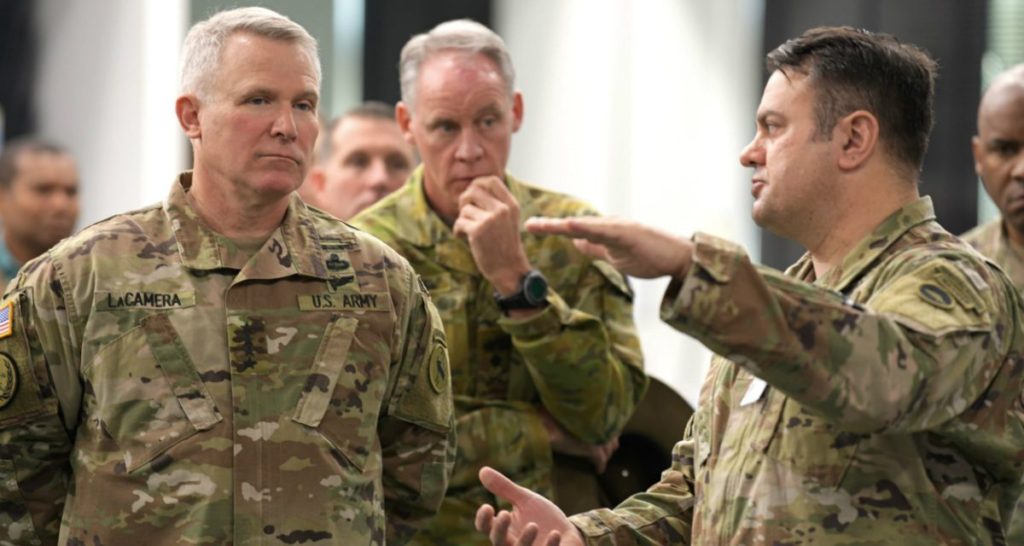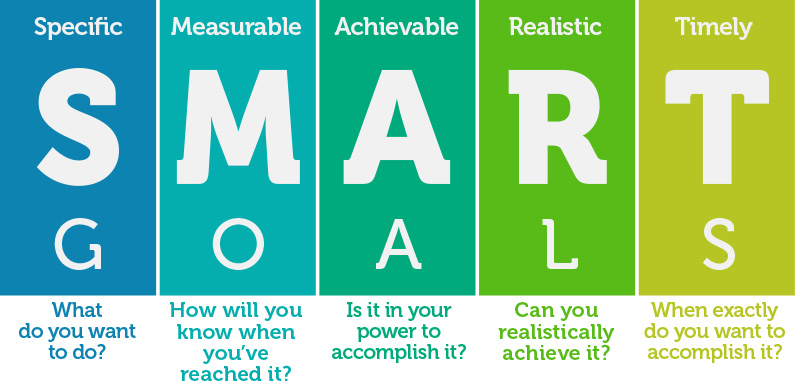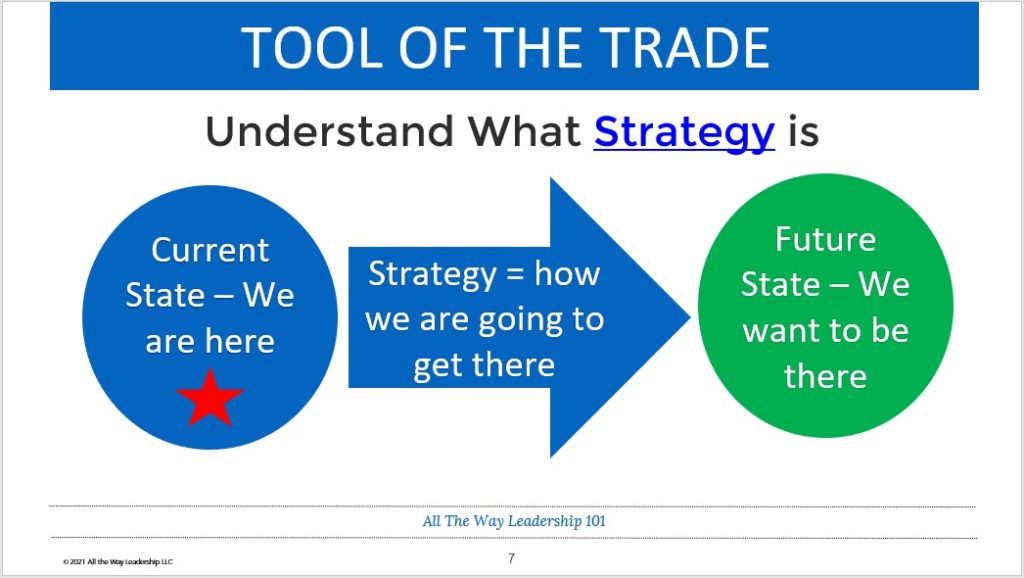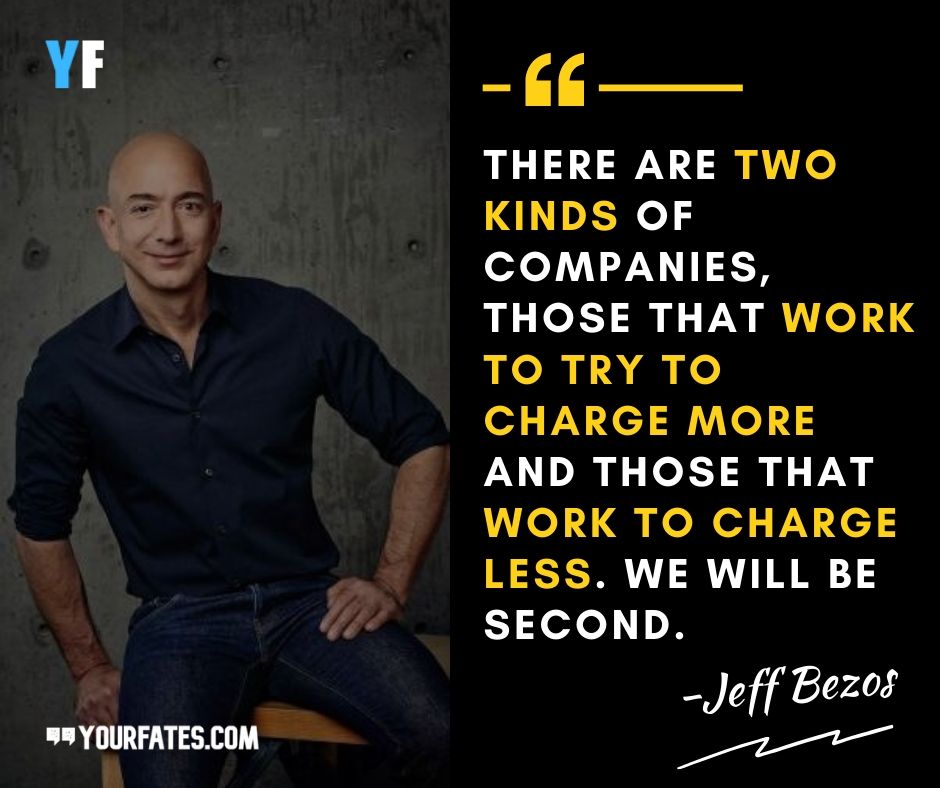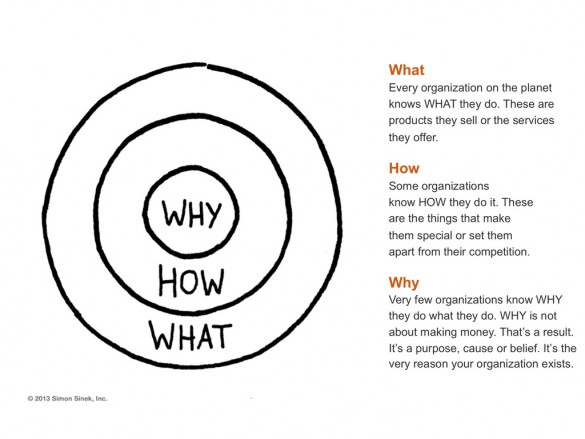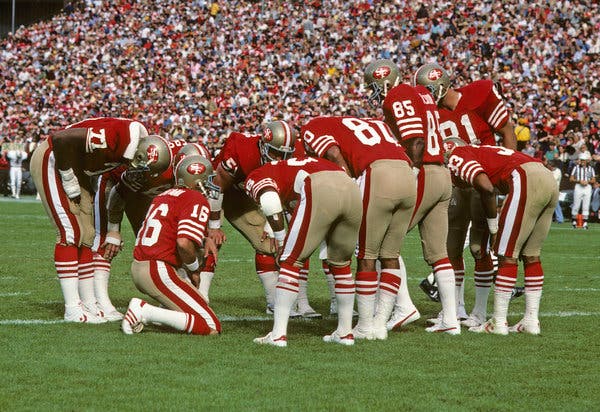Our Battalion Commander pointed at the map and explained his strategy. Everything was dependent on the element of surprise. We must attack before being detected. Otherwise, the battle would be lost. Guess what happened when we executed the strategy. The enemy detected our battalion before anyone was in position. Chaos ensued and we were wiped out. Luckily for us – it was a training exercise, not a real-world operation. Nonetheless, our commander was embarrassed and chastised by his senior leaders for creating a bad strategy. Our commander made a classic leadership mistake. He discounted the risk and assumed that everything would go according to plan. It didn’t and we failed.

The biggest mistake you can make is ignoring the risks
Every strategy you create as a leader will come with risks. I am amazed at how many leaders choose to dismiss, ignore, or discount the risks rather than deal with them. There simply is no such thing as a risk-free strategy. The best approach that a leader can take when crafting a strategy is to identify the risks and determine ways to manage or mitigate them. The biggest mistake you can make is ignoring the risks and hoping for the best. The best scenario case rarely happens, and certainly does not happen over and over again. Prepare for the worst-case scenario so that your strategy does not fall apart because your team does not know what to do.
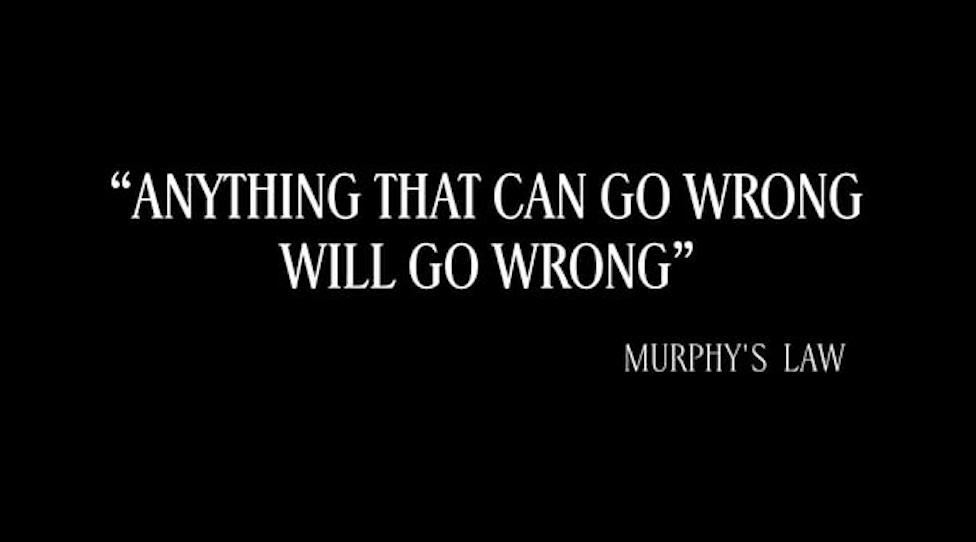
Making bold moves creates the biggest impacts
As a leader, you drive results. In many cases that means your strategy will need to include bold moves. Never forget that risks and rewards correlate. If you want a large reward as the outcome of your strategy, you will likely need to include some bold means which will come with risks. Bold strategy = higher risk. Recognize this truth and factor it into your plans. If you are expecting huge results from your strategy and do not contemplate the associated risks, then you are setting up your team for struggles. Don’t be that kind of leader. Plan for the risks and deal with them when they arise.

Another mistake – don’t be afraid to take risks
It is important to also point out that you need to take risks as a leader to get great results. If you refuse to ever take big risks, don’t be surprised if your team gets stuck in neutral. Now, I am not saying take big risks all the time, or stupid risks. Rather I am suggesting that smart, calculated risks are the way to go. I like the way Mark Zuckerberg says it below. You will likely fail if you avoid all risks. Be brave.
The biggest risk is not taking any risk… In a world that changing really quickly, the only strategy that is guaranteed to fail is not taking risks.
Mark Zuckerberg
One caveat – not all strategies require boldness
Not all situations require a bold strategy. If the team you are leading is performing well and delivering high-impact results don’t feel the need to put a bold strategy in place. In this case, craft a strategy that keeps your team moving forward. Manage the risks as needed and monitor the situation in case changes are needed down the road. You will exhaust your team if every day is high-risk execution.

ATW! will make you a better leader
I hope you join me on this journey to raise up the next generation of leaders. The world is in desperate need of more great leaders. Women and men who lead with confidence, clarity, and creativity. It’s time to become the leader that your world needs. Let’s go All The Way!



